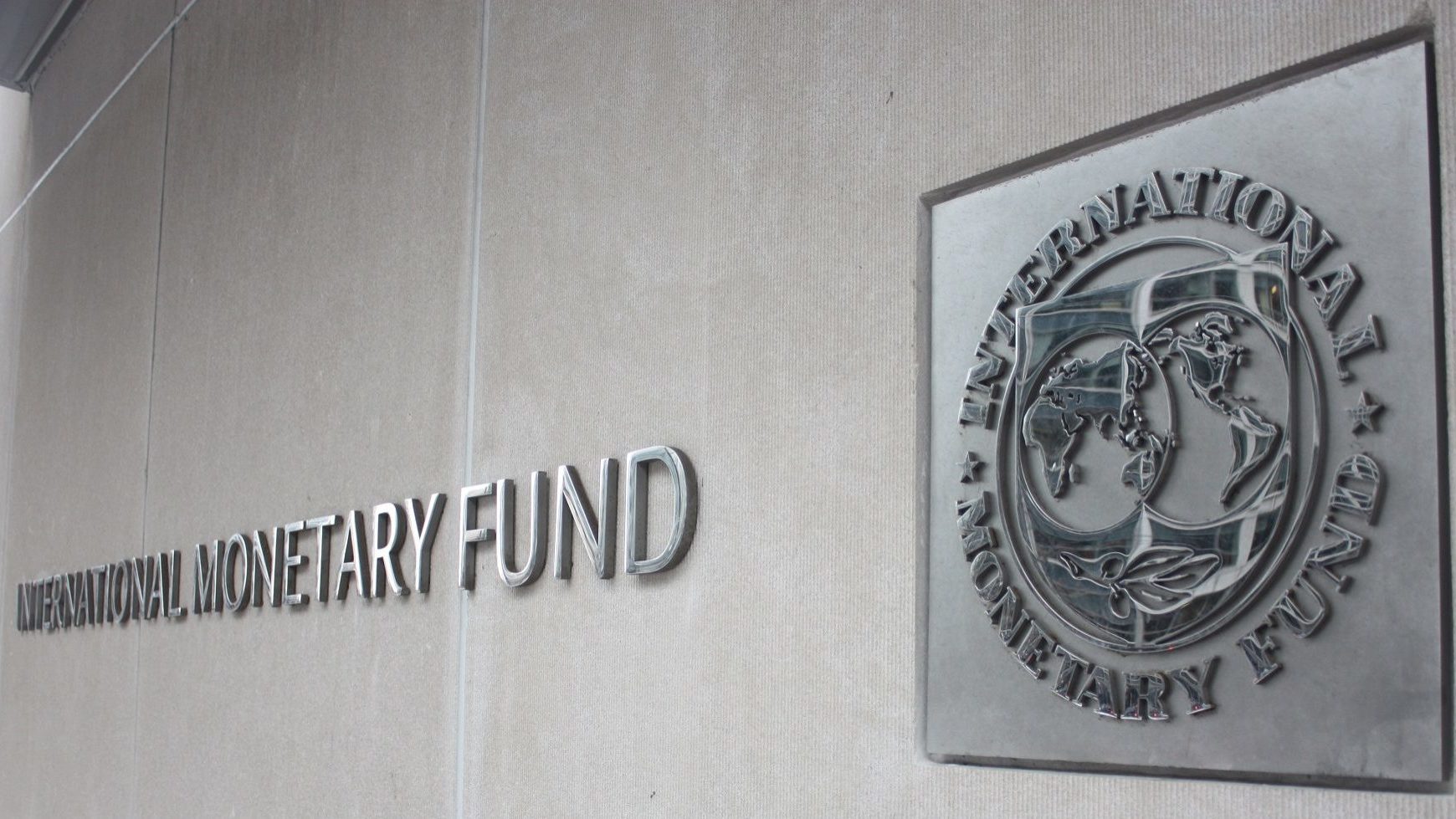Global Warming Potential decreased by 4.7% in 2019 – INE
"Similar to the previous year, a decrease in the Global Warming Potential and a growth in economic activity were observed (in 2019 the Gross Value Added grew, in real terms, by 2.6%)," INE announced.
Global Warming Potential decreased by 4.7% in 2019 and Acidification Potential by 1.8%, while economic activity continued to grow, Statistics Portugal (INE) said on Wednesday when releasing the Atmospheric Emissions Account.
The potential for tropospheric ozone formation increased by 0.2%, according to the same source.
“Similar to the previous year, a decrease in the Global Warming Potential and a growth in economic activity were observed (in 2019 the Gross Value Added grew, in real terms, by 2.6%). This decoupling simultaneously reflected reductions in energy intensity and the relationship between emissions and energy demand,” the INE document said.
The Global Warming Potential reached 66.2 million tonnes of CO2 equivalent in 2019, a result determined by the behaviour of Carbon Dioxide (CO2) emissions, as emissions of the remaining gases increased, according to INE’s analysis.
The branch of economic activity that contributed most to this potential was energy, water and sanitation (25.2%), as has been the case since 1998. Compared to 2018, this was also the branch of activity that reduced emissions the most (-22.3%).
The energy, water and sanitation and industry sectors make up in total 53.4% of CO2 emissions. Agriculture, forestry and fishing emitted the largest amounts of methane and nitrous oxide (75.7% and 48.5%, respectively).
“In 2019, the Carbon Intensity of the Portuguese economy was the lowest since 1995, having decreased by 7.1% compared to the previous year. Between 2010 and 2019, it decreased by 13.1%,” the experts said in the report released on Wednesday.
The decrease in the intensity of emissions in 2019 was essentially due to the reduction observed in energy, water and sanitation (-19.1%). “However, in the period between 2010 and 2019, energy, water and sanitation was where the smallest decrease in emissions intensity was recorded (-3.0%), compared to decreases in industry (-21.4%), construction (-10.4%), agriculture, forestry and fishing (-6.4%) and transport, information and communication (-3.2%),” INE said.
Despite the increase in the weight of wind and solar photovoltaic energy production since 2005, hydropower continued to have a significant weight in electricity production from renewable sources.
Even with a large reduction in the production of hydro energy (-24.1%) due to weather conditions, the decoupling reflected the strong reduction in coal consumption, which fell 48.1% year-on-year, while the production of wind, geothermal and photovoltaic energy increased by a combined 9.5%.


